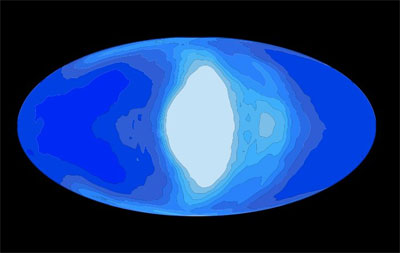Image credit: Lynette Cook
A new estimate suggests that 60 billion planets in the Milky Way galaxy alone may support life.
It was only recently that scientists used data from NASA’s Kepler space telescope to conclude that one Earth-size planet is likely in the habitable zone of each red dwarf star (which happens to be the most common type of star). But as Space.com explains, “a group of researchers has now doubled that estimate after considering how cloud cover might help an alien planet support life.”
So what does cloud cover have to do with potential habitability? Dorian Abbot, assistant professor of geophysical sciences at the University of Chicago, and member of the research team, explains, “Clouds cause warming, and they cause cooling on Earth . . . They reflect sunlight to cool things off, and they absorb infrared radiation from the surface to make a greenhouse effect. That’s part of what keeps the planet warm enough to sustain life.”
Red dwarfs are dimmer and cooler than our yellow dwarf sun, which makes the habitable zone of red dwarf systems much closer to the star than it is in our solar system. Because of their tighter orbit, these habitable planets around red dwarfs would apparently become tidally locked–the same side of the planet would always face its star.
 |
| Simulated cloud coverage on a tidally locked planet. (Credit: Jun Yang) |
Source:
http://www.openminds.tv/scientists-estimate-that-60-billion-alien-worlds-could-support-life-1066/

No comments:
Post a Comment